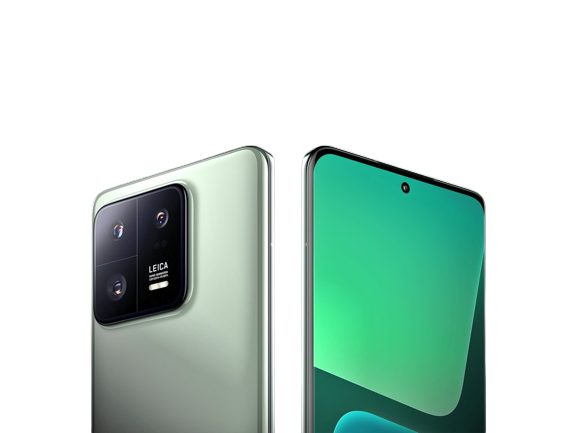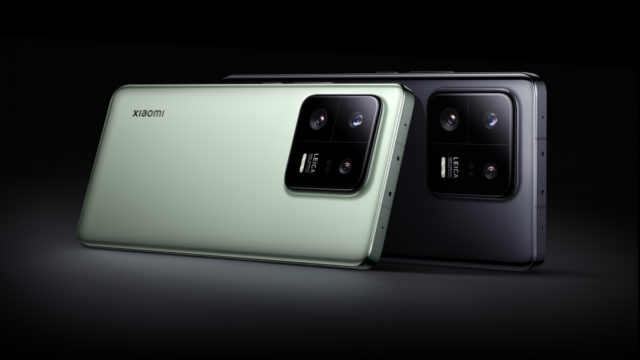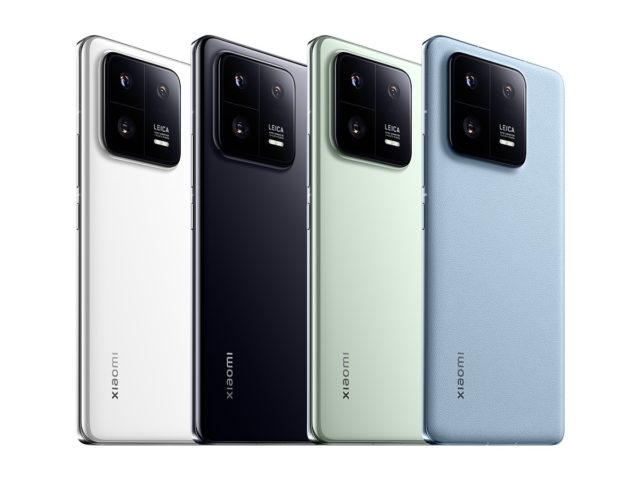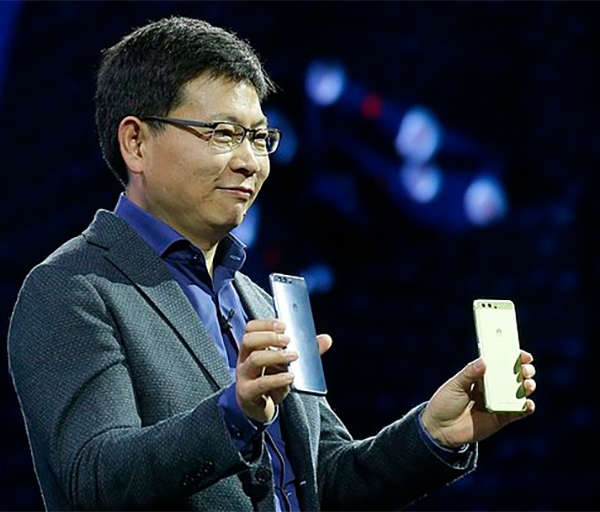Xiaomi 13 series has launched in China today. It includes the regular and pro variants. Both handsets run on Qualcomm’s latest and greatest Snapdragon 8 Gen 2 chipset based on TSMC’s 4nm manufacturing process. Perhaps more importantly, the two devices offer a substantial upgrade in the camera department and flaunt a new design.They are only launching in China, but we expect them to be released globally soon.
Xiaomi 13
The Xiaomi 13’s display is now slightly bigger, measuring 6.36″ in diagonal and has basically the same specs as before – 1080 x 2400px resolution, 120Hz refresh rate (no granular control available as it’s not LTPO), Dolby Vision, HDR10+ and HLG support and is aided by an ambient color temperature sensor. However, the OLED panel matches the 13 Pro’s maximum and peak brightness – 1,200 and 1,900 nits, respectively.
In the photography department, the Xiaomi 13 series has Leica-branded triple rear cameras. The Xiaomi 13 main unit is 50 MP, f/1.8, 23mm, 1/1.56″, 1.0µm and Hyper OIS. More importantly, we now have a proper telephoto on board, which was the Xiaomi 12’s main drawback. There’s a 10MP OIS-aided camera with a Leica lens, f/2.0 aperture and native 3x zoom. The ultrawide is now 12MP with an f/2.2 aperture, likely without autofocus support.
The Xiaomi 13 is backed by 4,500mAh battery cell capable of 67W fast wired charging, 50W wireless charging and 10W reverse wireless charging. Connectivity features include 5G, 4G LTE, Wi-Fi 6, Bluetooth 5.3, GPS, NFC, and a USB Type-C port for charging and data sync.
The Xiaomi 13 bonus features also include Dolby Atmos stereo speakers with Dolby Head Tracking, an IR blaster and IP68 certification against water and dust.
Xiaomi 13 Pro
For all intents and purposes, the Xiaomi 13 Pro’s display remains unchanged. The Xiaomi 12 Pro had a 6.73-inch display, and we have the same one with almost identical specs. Those include a 120Hz variable refresh rate since it’s an LTPO panel, 1440 x 3200px resolution, HDR10+, Dolby Vision, HLG and 1920Hz DC dimming against aggressive PWM. The display also has an ambient color temperature sensor that allows it to adjust the color temperature on the fly.
The only upgrade here is the advertised maximum and peak brightness. The new 13 Pro’s display can illuminate the whole surface area at 1,200 nits, while the peak brightness boost during HDR video playback, for example, can reach 1,900 nits.The aforementioned Snapdragon 8 Gen 2 is paired with LPDDR5X memory and next-generation UFS 4.0 storage.
As far as cameras go, the Xiaomi 13 Pro once again features a triple 50MP setup on the back, but with notable upgrades. The famous 1-inch Sony IMX989, 1.6µm sensor from the Xiaomi 12S Ultra is now paired with a Leica-branded lens with an f/1.9 aperture and Hyper OIS. The telephoto camera also gets a solid upgrade. It’s again 50MP but with a further 3x zoom reach and Leica Floating Lens element, but with a slightly smaller f/2.0 opening. The interesting bit is that it has a close focusing distance of just 10 cm.
The Xiaomi 13 Pro packs a 4,820mAh battery with 120W fast charging and 50W wireless charging support. Connectivity features include 5G, 4G LTE, Wi-Fi 6, Bluetooth 5.3, GPS, NFC, and a USB Type-C port for charging and data sync. There is an in-display fingerprint sensor for security, Hi-Res audio, X-axis linear motor, and a vapour chamber for heat dissipation.
he Xiaomi 13 Pro audio features include Dolby Atmos-tuned stereo speakers with Dolby’s new head tracking feature, IR blaster and, of course, IP68 dust and water protection.
The Xiaomi 13 and 13 Pro come in White, Black, Green, and Light Blue colours.
The two phones are up for pre-order in China with shipments starting December 14. The Xiaomi 13 in its base 8/128GB trim is CNY3,999 ($575), while the top 12/512GB edition is 4,999 ($720). The middle 8/256GB and 12/256GB units are CNY4,299 and CNY4,599, respectively.The Xiaomi 13 Pro’s most affordable 8/128GB version is 4,999 ($720) with the roomiest 12/512GB costs CNY6,299 ($900). International availability and pricing will be announced later on.







